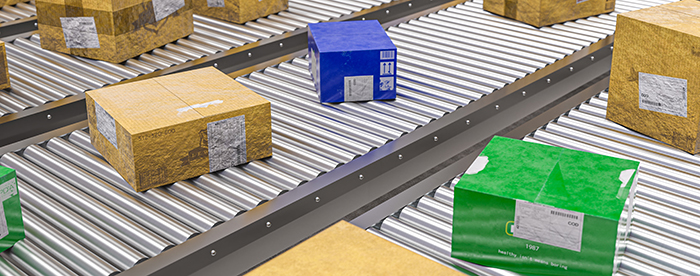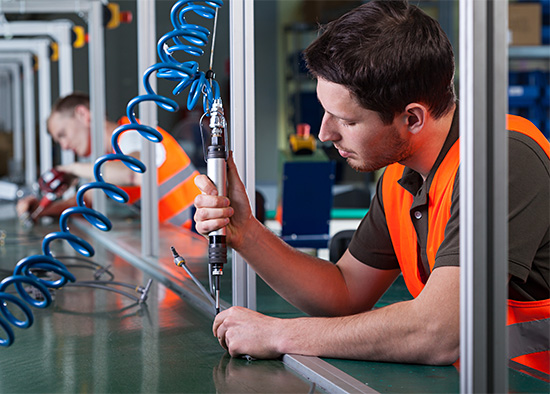
In the not-too-distant past, most companies that weren’t running immense distribution operations, who didn’t have multiple facilities, who didn’t run 24-hour shifts, didn’t even consider automation. Too expensive, they’d say. Too much risk. Too little upside if things go wrong. All valid in context, if it was 1998. But the reality is this: While most costs—personnel, land, energy— have increased, automation costs have remained steady or declined across the board. The reality today is that the four guys stacking pallets at the end of a line, even for a single shift, even at low wages, are more expensive than a well configured palletizing system.
Those costs aren’t going to do anything but escalate, either. Listed are ten ways automation has become more relevant, even to mid-size operations:





